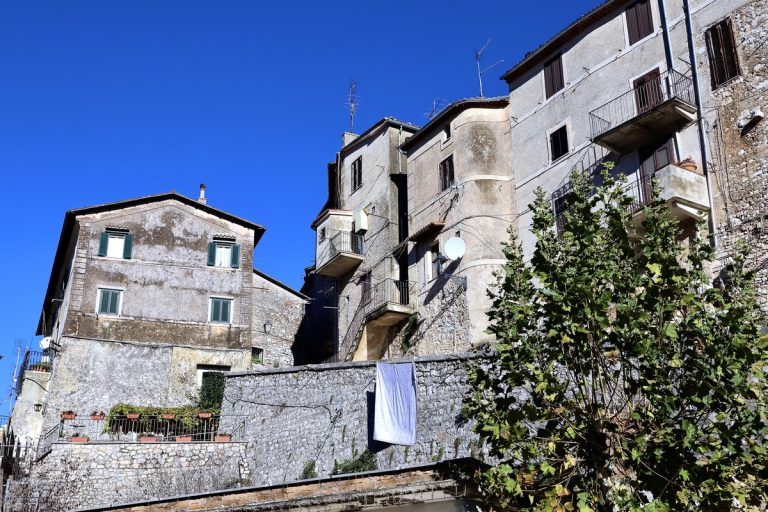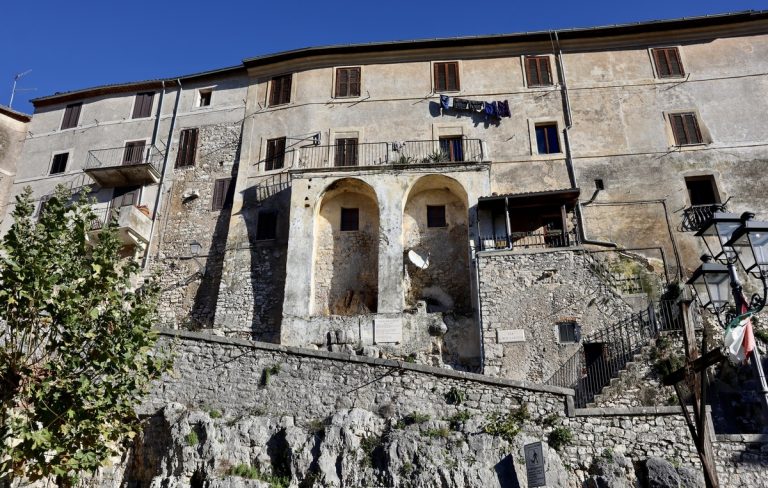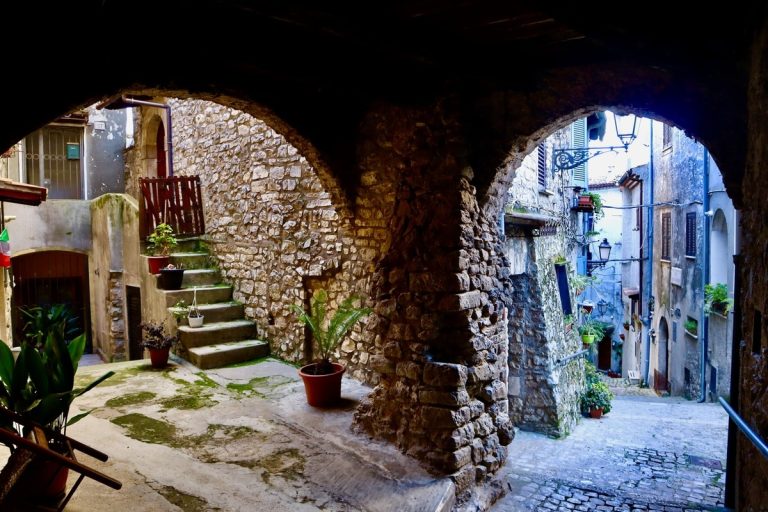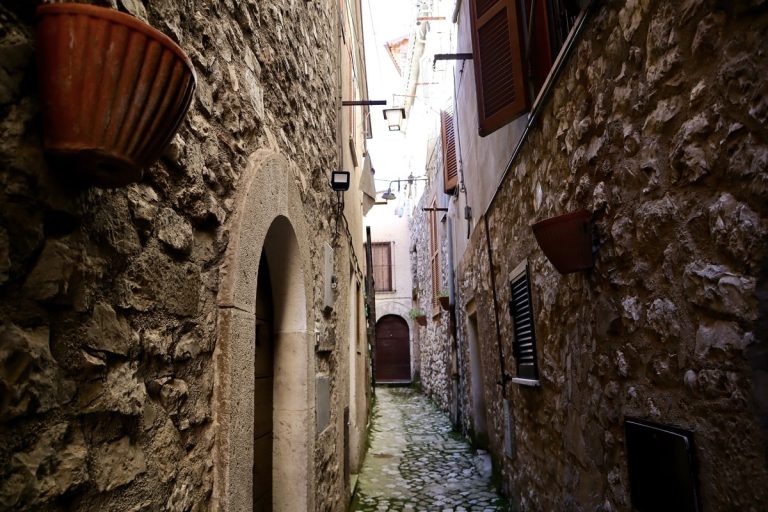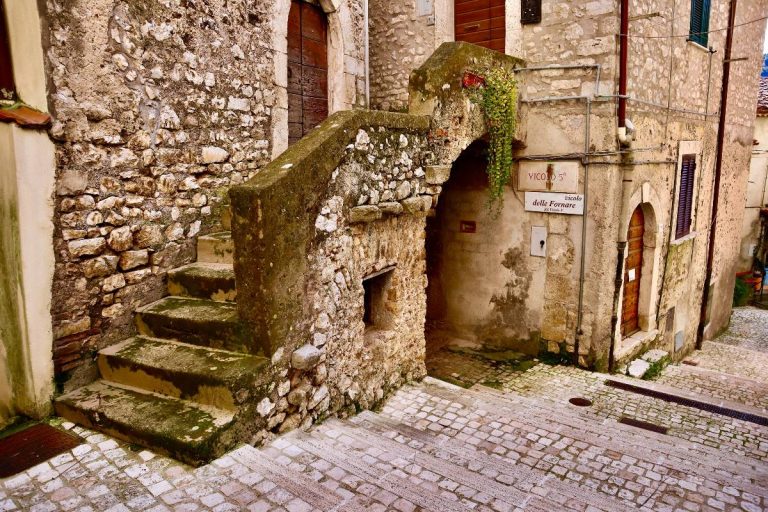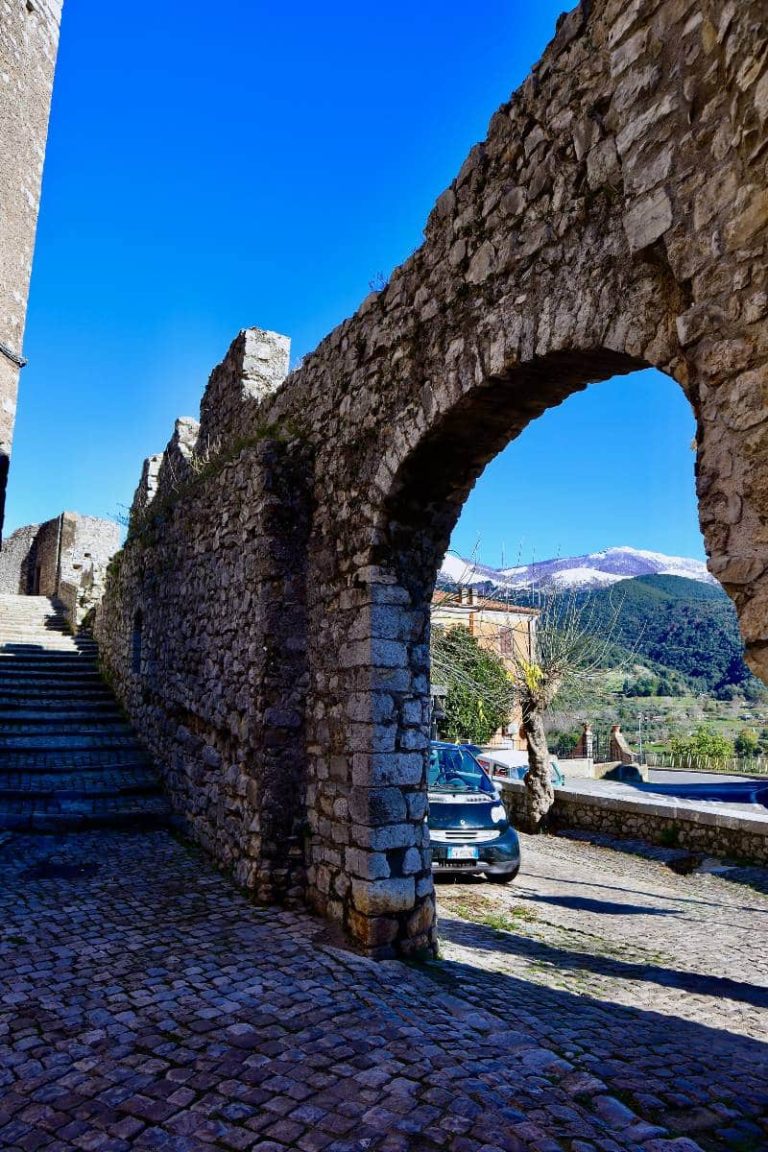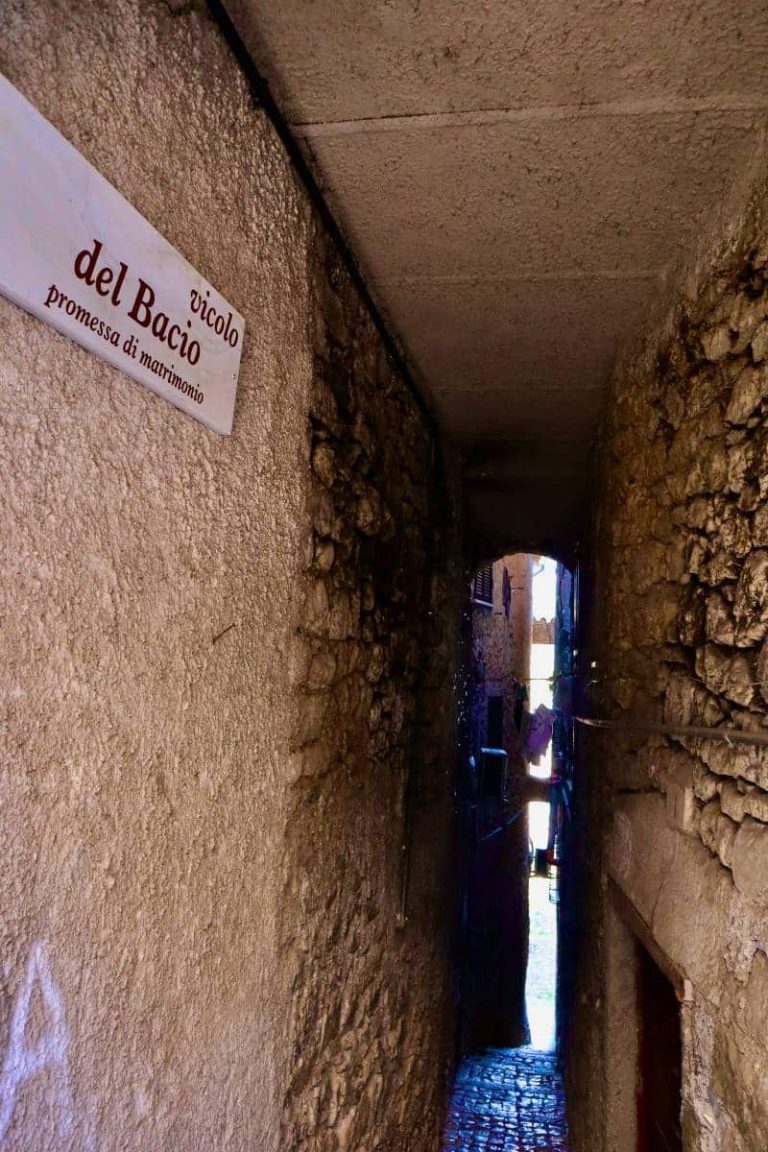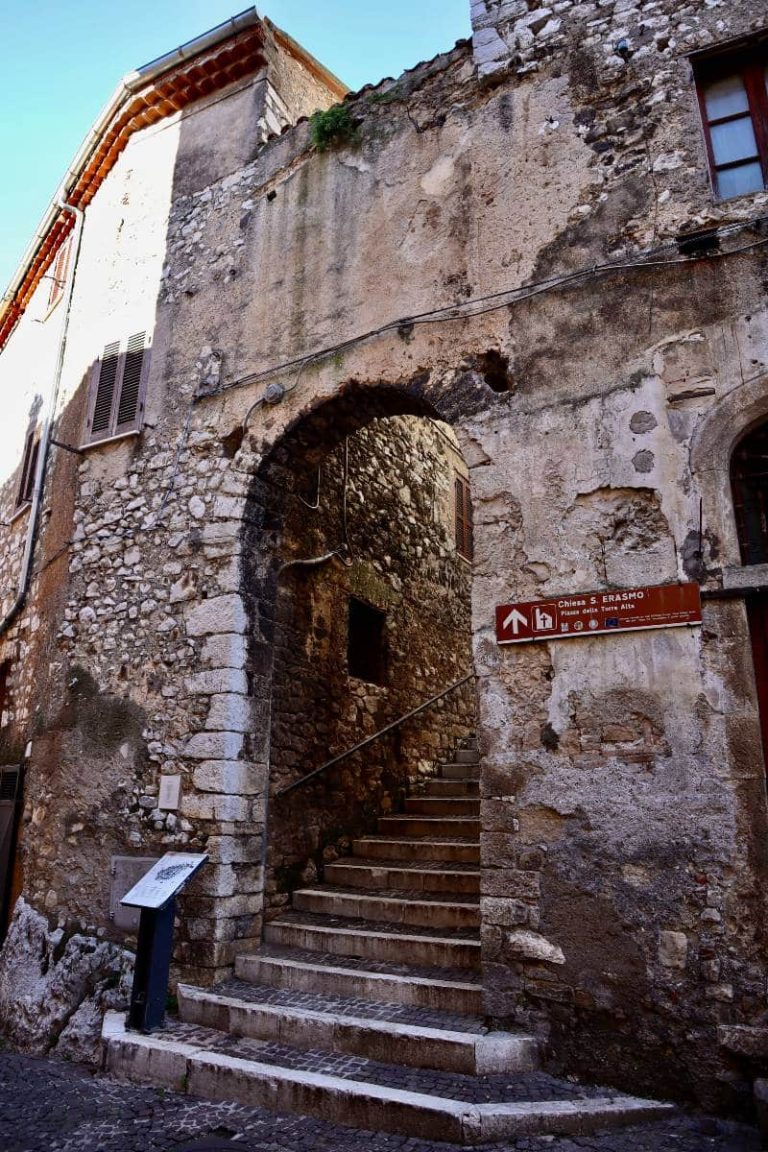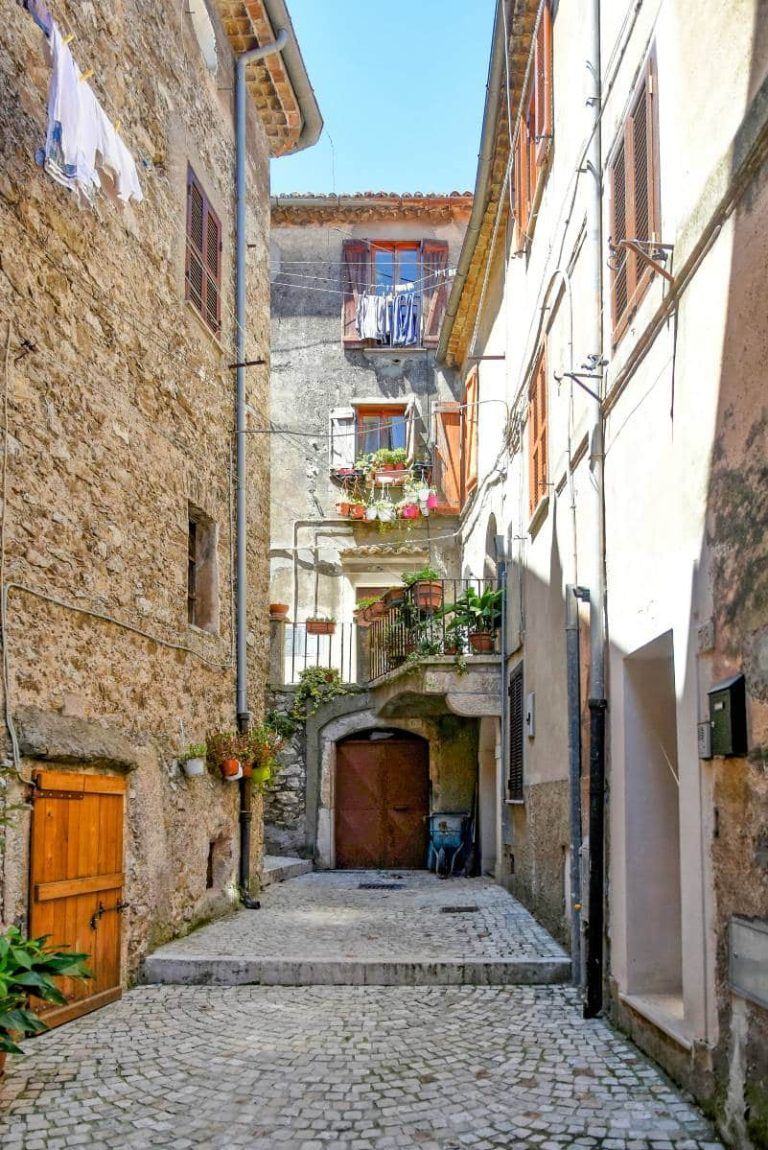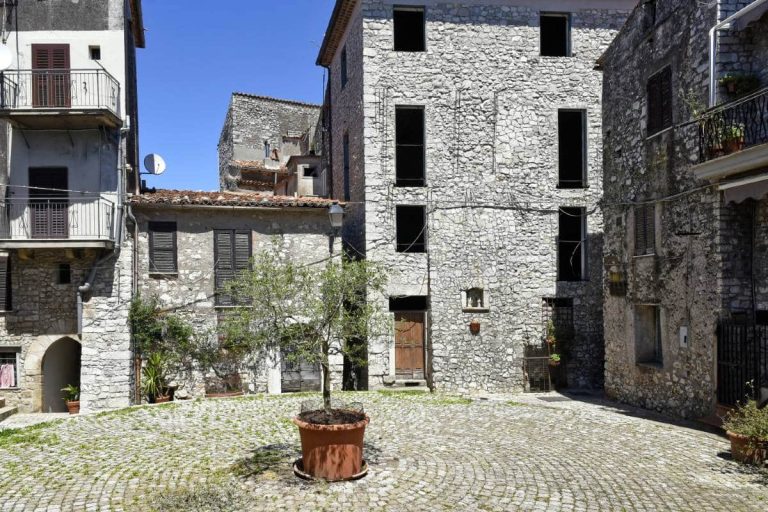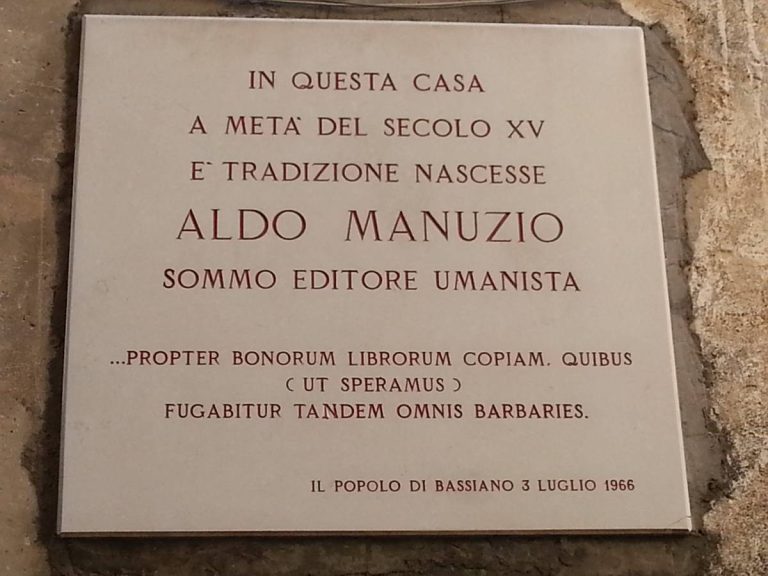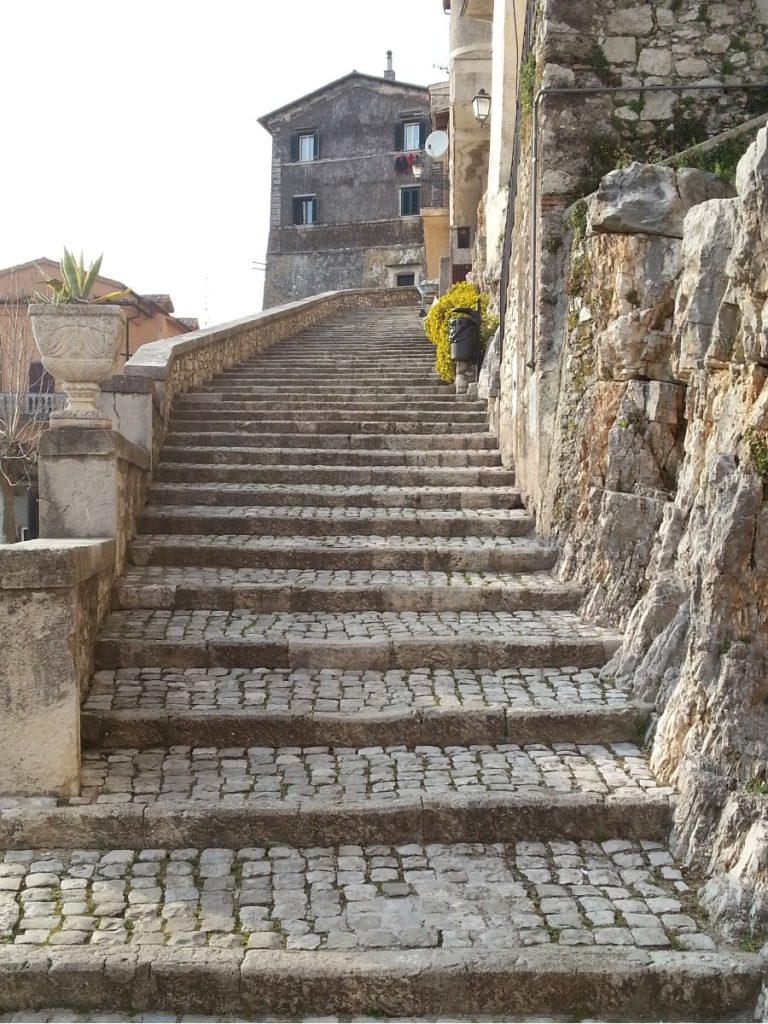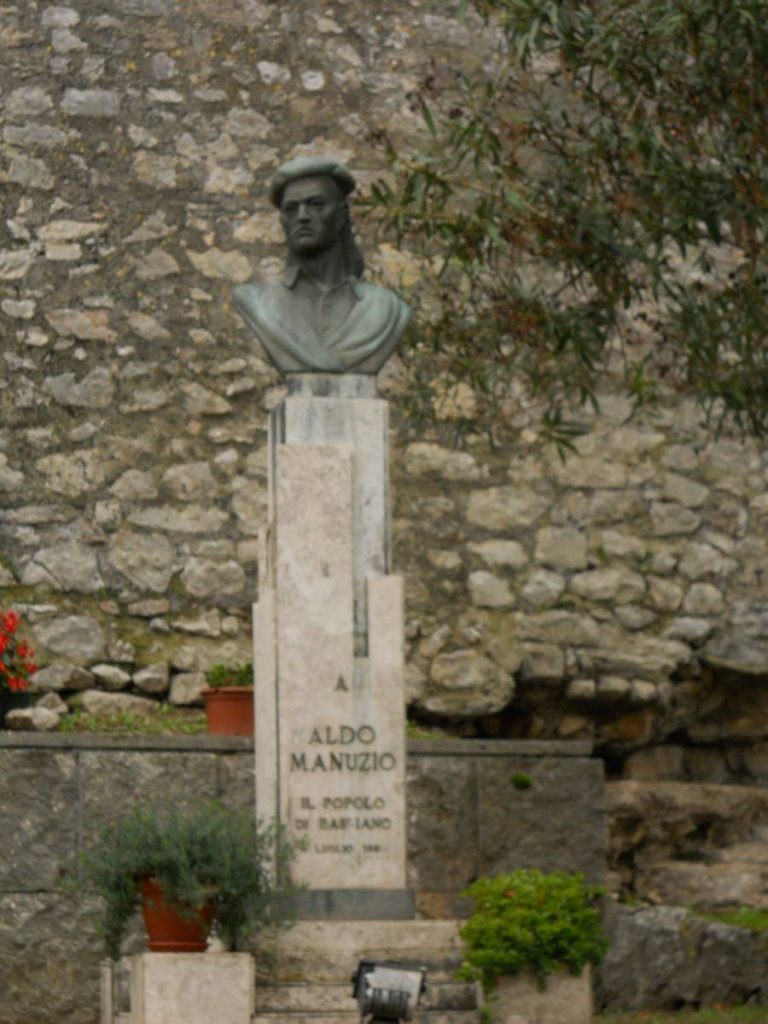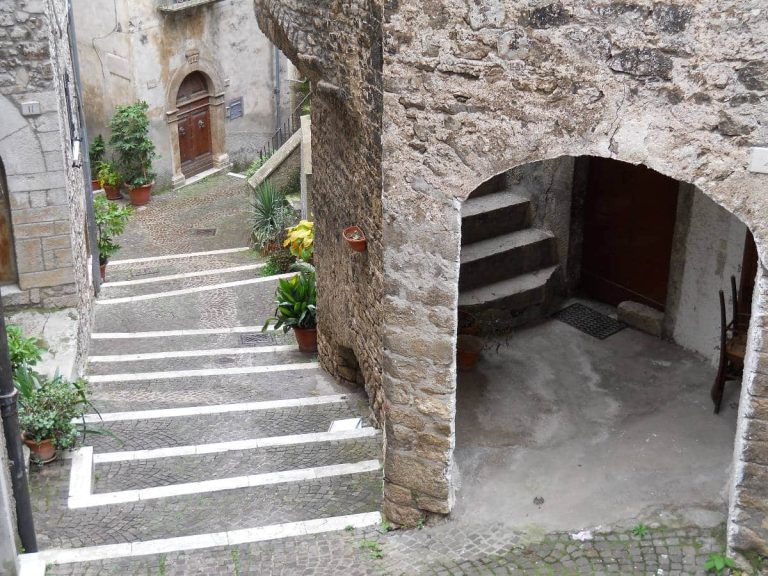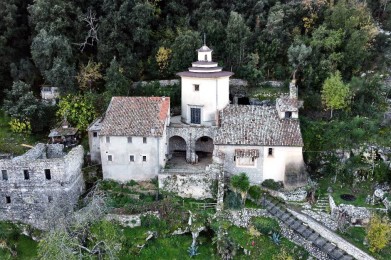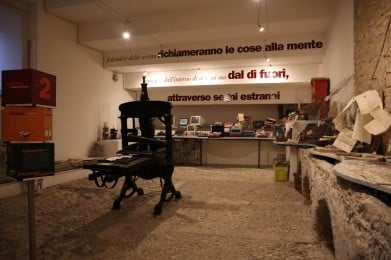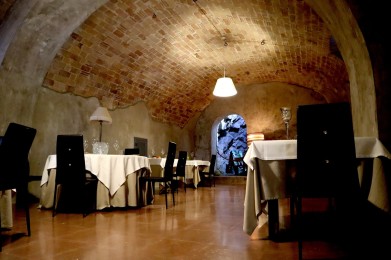Historical notes
Despite the available material and immaterial evidence, the origins of Bassiano remain obscure. At the basis of its foundation there are surely the barbarian invasions typical of the X century, which continuously threatened the peaceful farmers and shepherds of lower Lazio. The latter, tired of the continuous attacks, decided to take refuge in the mountains from where they could better face their enemies. The name Bassiano appears for the first time in a document from 1169 found in the archives of the Collegiate Church of Santa Maria in Sermoneta. The document refers to a Castrum taken by deception from a Lord of Bassiano by a certain Gregorio Leonis.
Moreover, historical links with the area of the Acquapuzza Tower would suggest that the anthroponym Bassianus referred to the castle of the same name. Finally, the history of Bassiano is based on spiritual evidence of the presence of monks, friars and templars who met here in meditation. In the 14th century it was the turn of the Caetani family, who built the Baronial Palace around which the present architecture originated.
What to see
As previously mentioned, the presence of monks and friars gathered in prayer led to the construction of numerous churches. Today, walking through the historical centre of the village you can admire valuable religious architecture such as the Church of Sant'Erasmo, enriched by an ancient Romanesque baptismal font and numerous frescoes.
The Church of San Nicola is part of the monastery and is on two levels with an oratory and chapter house.
The Church of the Crucifix, on the other hand, is just outside the village in Selva Scura.
The points of interest continue with monuments and museums, the most important of which is the Aldo Manuzio Scripture Museum. Here, it is possible to admire the written evidence of the anthropological research carried out over time in collaboration with Rome's La Sapienza University. The Graffiti Room is the most evocative as you can admire numerous charcoal graffiti.
Around the village, the ancient walls wind their way through the ancient gates. A maze of alleys develops around the hill whose houses are called Case-Torri.
The Lepini Mountains are a natural reserve for hiking and trekking lovers. Numerous paths and themed itineraries develop along the slopes, offering opportunities for walks to discover the local flora and fauna. The latter is characterised by the presence of various bird species, including the sparrow hawk, the chough, the jay, the owl and the buzzard.
During excursions, it is also possible to meet squirrels, foxes and hares.
Karst phenomena have been studied in the mountains, leading to the discovery of numerous caves, some of which are over 300 metres deep. The water that sinks between the cracks gushes out further down the valley, creating a truly suggestive spectacle, and the beech forests frame the landscape of Bassiano.


